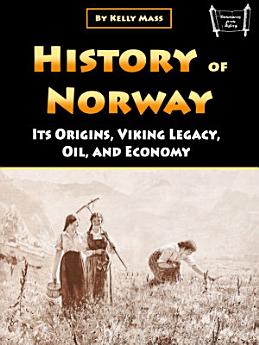History of Norway: Its Origins, Viking Legacy, Oil, and Economy
About this ebook
The earliest inhabitants of Norway arrived as the great ice sheets retreated around 10,000 BCE, following herds of reindeer and pursuing opportunities for hunting and fishing in the newly accessible northern territories. These Paleolithic peoples developed sophisticated technologies for survival in the Arctic environment, including specialized tools for hunting marine mammals, techniques for preserving food through the long winter months, and methods for constructing shelters that could withstand extreme weather conditions. Their adaptation to the northern environment created cultural patterns that would persist throughout Norwegian history.
The Komsa culture, which flourished in northern Norway between 8000 and 6000 BCE, represents one of the earliest distinct cultural traditions in Norwegian prehistory. Archaeological evidence from sites along the northern coast reveals complex societies that combined hunting, fishing, and gathering activities while maintaining extensive trade networks that connected Arctic Norway to communities across northern Europe. The sophisticated bone and antler tools discovered at Komsa sites demonstrate advanced technological knowledge while the presence of amber and other exotic materials indicates participation in long-distance exchange systems.








